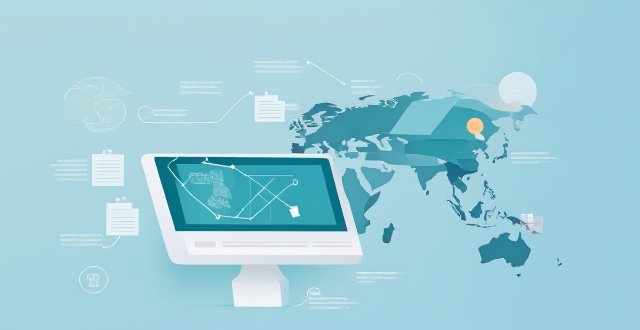Satellite communication offers global coverage, high capacitySatellite communication offers global coverage, high capacity higher latency and initial costs and reliability but has higher latency and initial costs compared to terrestrial and wireless communication. Terrestrial communication provides lower latency and moderate reliability at a lower cost, while wireless communication offers convenience and portability at a variable cost. Satellite communication is suitable for remote areas and sensitive applications due to its security features.

How does Satellite Communication Compare to Other Forms of Communication?
Satellite communication is a method of transmitting information using satellites orbiting the Earth. It has become an essential part of modern communication systems, providing global connectivity and enabling various applications such as telephony, television broadcasting, internet access, and navigation services. In this article, we will compare satellite communication with other forms of communication in terms of coverage, capacity, latency, reliability, cost, and security.
Coverage
- Satellite Communication: Provides global coverage, including remote and isolated areas where terrestrial infrastructure is not available.
- Terrestrial Communication: Limited to specific geographic regions and depends on the availability of ground-based infrastructure.
- Wireless Communication: Coverage limited by distance from transmitters and obstacles that can block signals.
Capacity
- Satellite Communication: High capacity due to advancements in technology, allowing for high-speed internet access and large data transmissions.
- Terrestrial Communication: High capacity but limited by the number of cables or wires used for transmission.
- Wireless Communication: Limited capacity due to spectrum constraints and interference from other devices.
Latency
- Satellite Communication: Higher latency due to the distance between satellites and Earth, resulting in delays in signal transmission.
- Terrestrial Communication: Lower latency due to shorter distances between transmitters and receivers.
- Wireless Communication: Lower latency than satellite but higher than terrestrial communication.
Reliability
- Satellite Communication: Highly reliable due to redundancy in satellite systems and resistance to natural disasters that may affect terrestrial infrastructure.
- Terrestrial Communication: Moderate reliability, susceptible to damage from natural disasters or human activities.
- Wireless Communication: Moderate reliability, affected by environmental factors such as weather conditions and physical obstacles.
Cost
- Satellite Communication: High initial investment for satellite launch and maintenance, but lower operational costs over time.
- Terrestrial Communication: High installation costs for infrastructure but lower ongoing maintenance expenses.
- Wireless Communication: Lower upfront costs for equipment but higher fees for network usage and data plans.
Security
- Satellite Communication: Can be secured through encryption and authentication techniques, making it suitable for sensitive applications like military communications.
- Terrestrial Communication: Vulnerable to physical tampering and eavesdropping unless proper security measures are implemented.
- Wireless Communication: Prone to interception and unauthorized access if not properly secured with encryption and password protection.